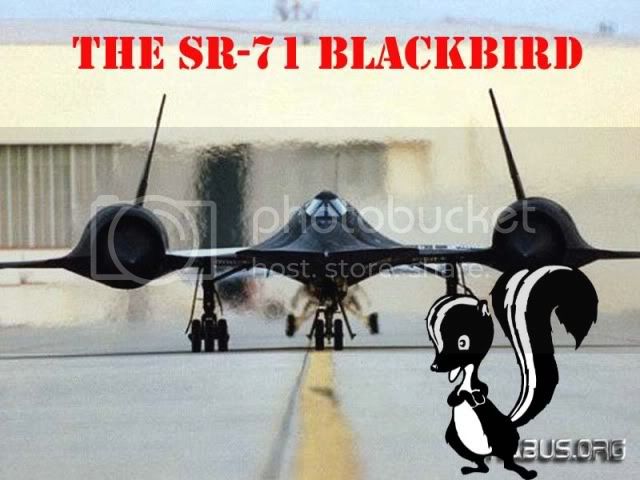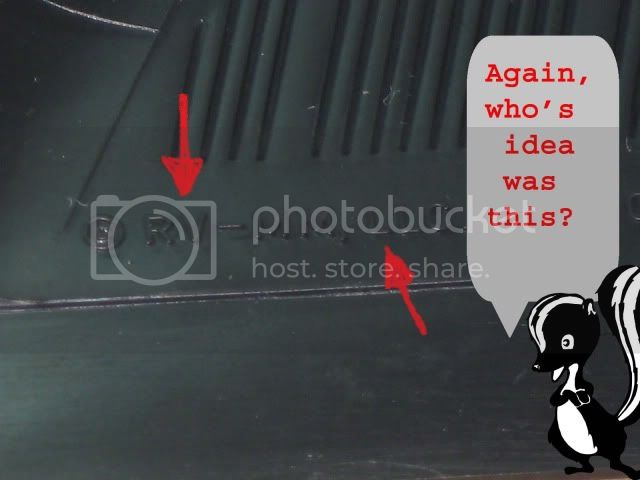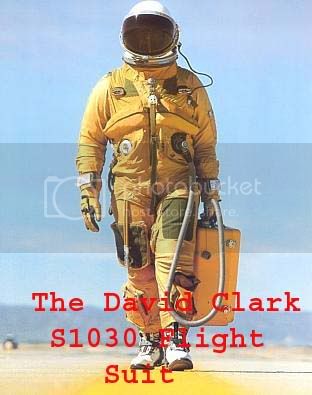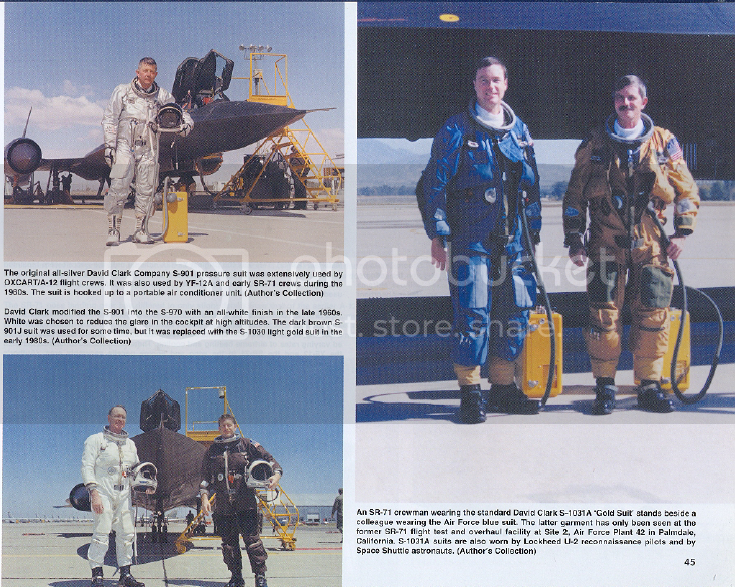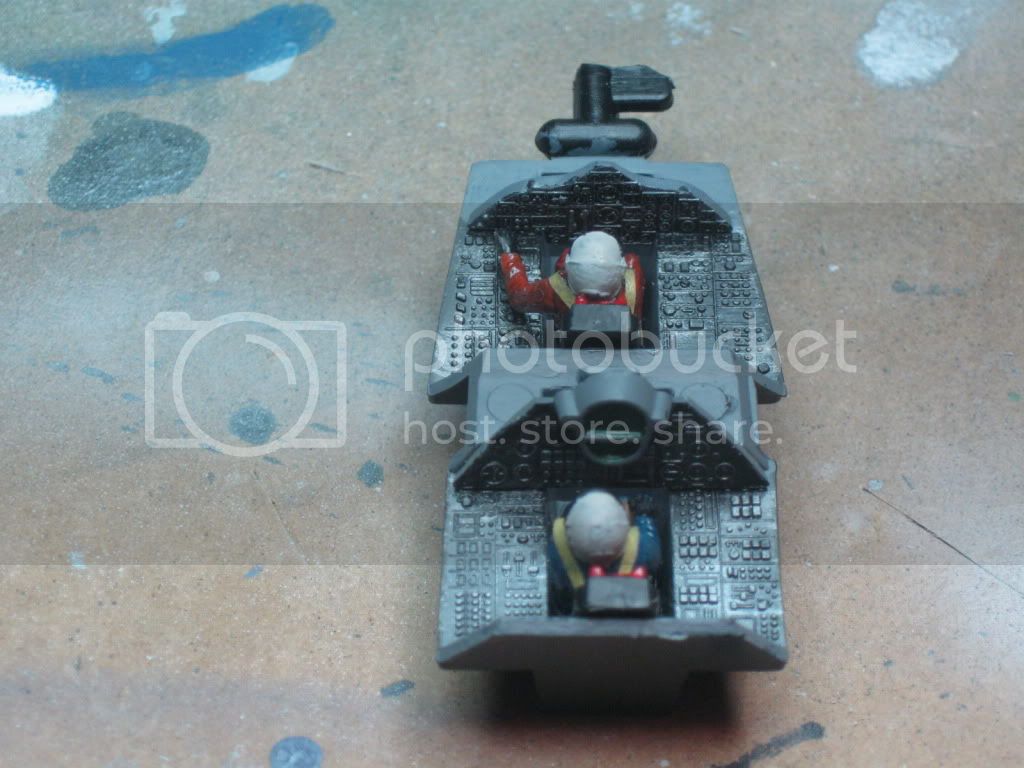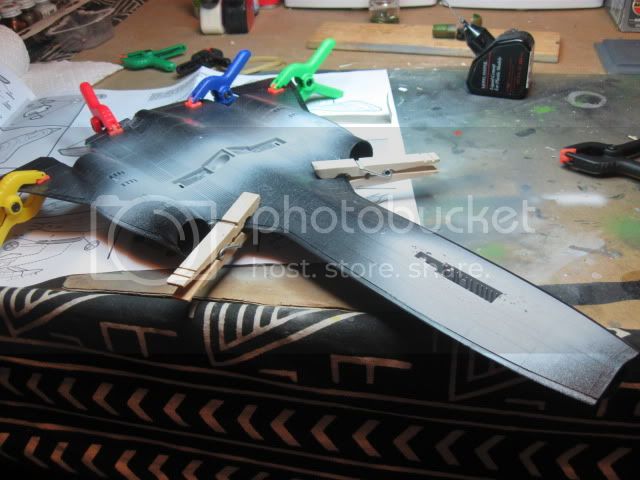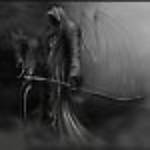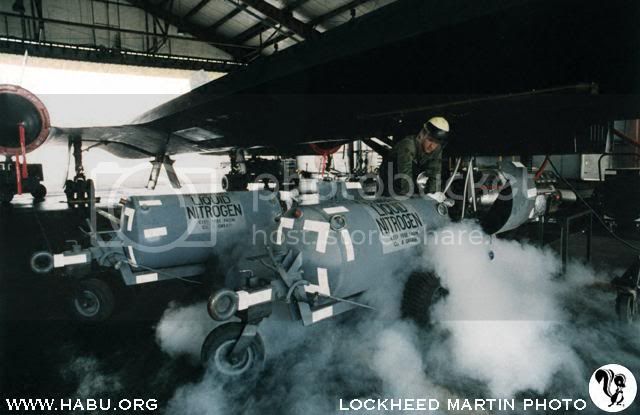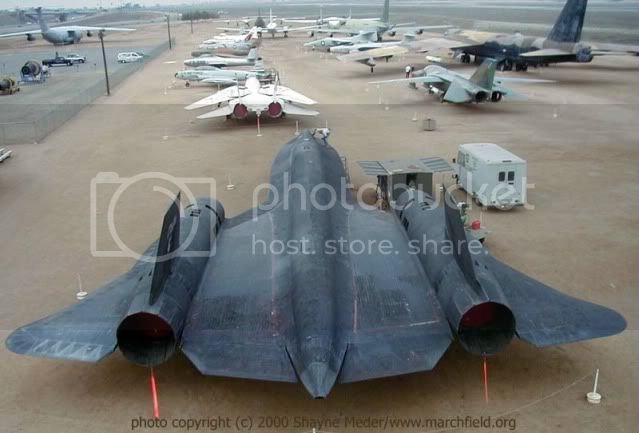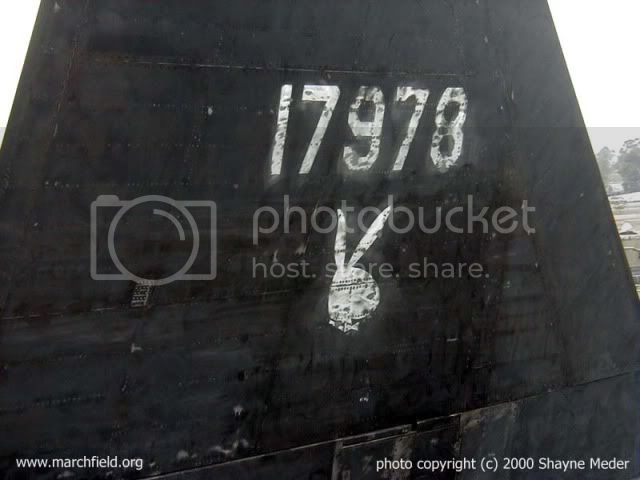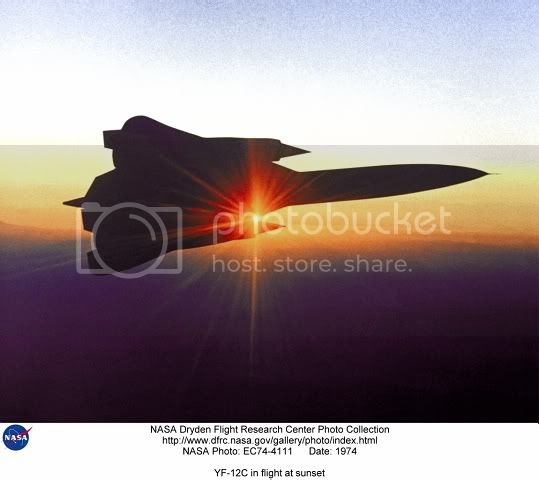"Reconnaissance in a Class of One"
This is a build I'm doing for a Cold War group build that I thought I'd share with you. The build is just about completed.
History
When I think of the Cold War I can't help but think of high flying spy planes.
In 1957, plans were drawn up for a high flying reconnaissance spy plane, The CIA was the backer behind the project. They wanted something that could reach anywhere in the world in a matter of hours and have the photos lying on someone's desk by lunch.
The results was the SR-71 Blackbird or Habu. It was capable of an altitude of 90,000 ft. and Mach 3.2+ speed, faster than a rifle bullet. In 1968, the first SR-71s went into service at Kadena, AFB in Okinawa, Japan. The SR-71s also operated out of two other bases bases: Beale Air Force Base, California and Mindenthall, UK. Most of the missions were flown out of Kadena.
The plane was tough to land. Of the 32 Blackbirds built, 11 crashed on landing. On the other hand, it was safe to fly. Over 1,000 attempts were made to shoot them down, but not a single plane was lost to enemy action or mechanical problems. In 1968, a presidential order required that all molds and tools used to build the SR-71 be destroyed so that the plane could never be built by anyone again. This also meant that spare parts could not be made, so if there were any major problems, planes in storage would have to be cannibalized. In 1990, the SR-71 fleet was decommissioned at Beale AFB. Five years later, three of the planes were returned to service, but it cost $140 million a year to keep them flying. The Air Force felt the money could be better used, so the plane was taken out of service
The Model




SR-71 Fun Fact
Did you know The SR-71 Blackbird is the fastest aircraft in the world to take off under its own power.
Originally I wanted to do aircraft tail number 17972 "Charlie's Problem" which had a picture of a pregnant Lucy on the tail. Alas I can't locate the custom decals anywhere and I haven't progressed to the point where I can make my own.
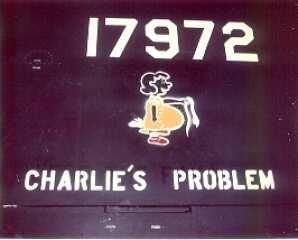
So I will be going with one of the kit options, 17978, Rapid Rabbit. Who doesn't like a playboy bunny? :oops:

Thanks for taking the time to look at my project.







